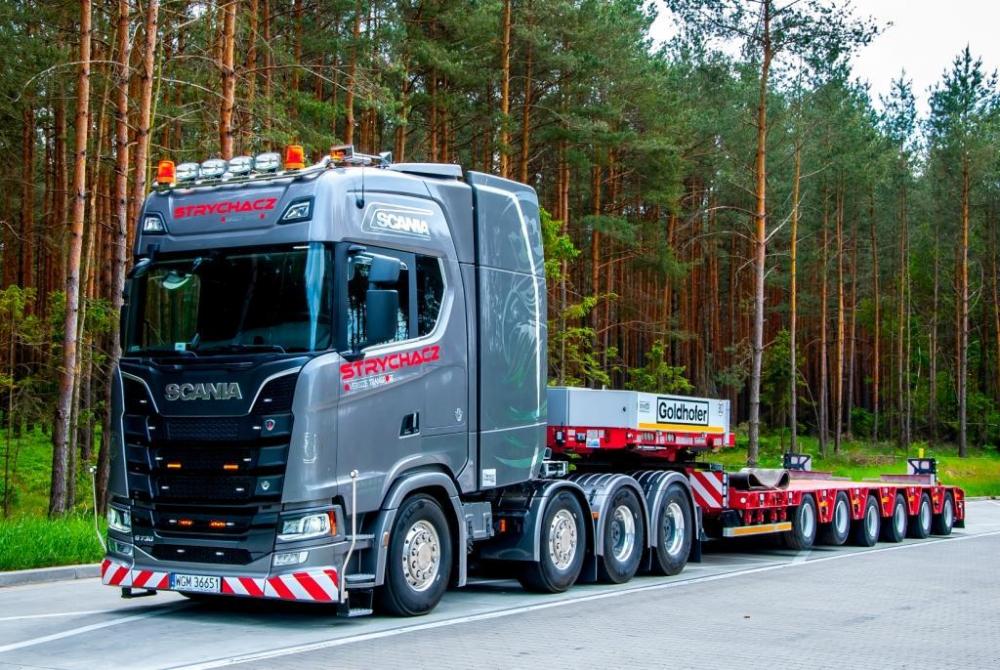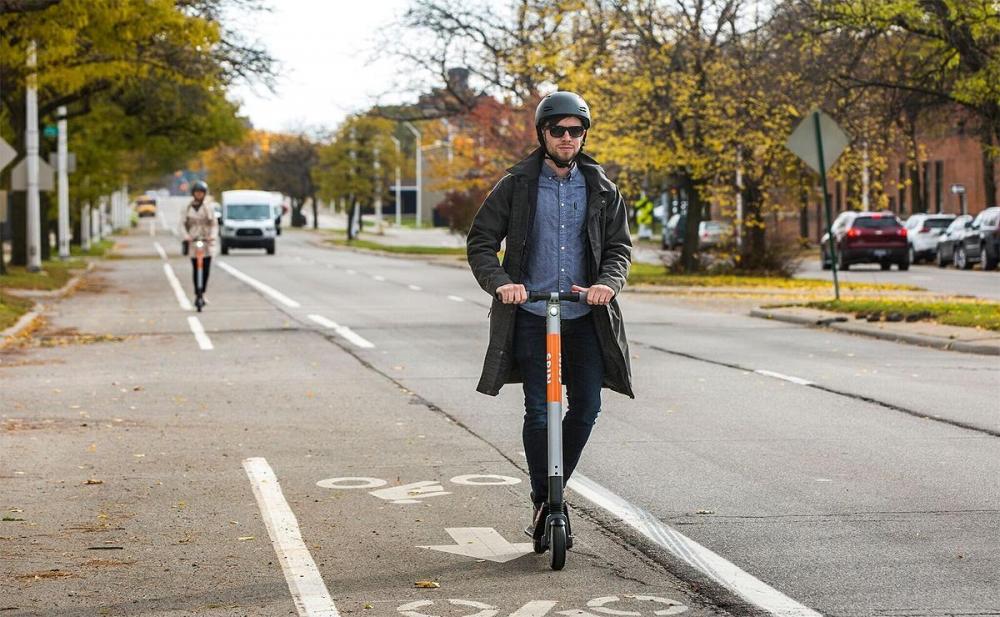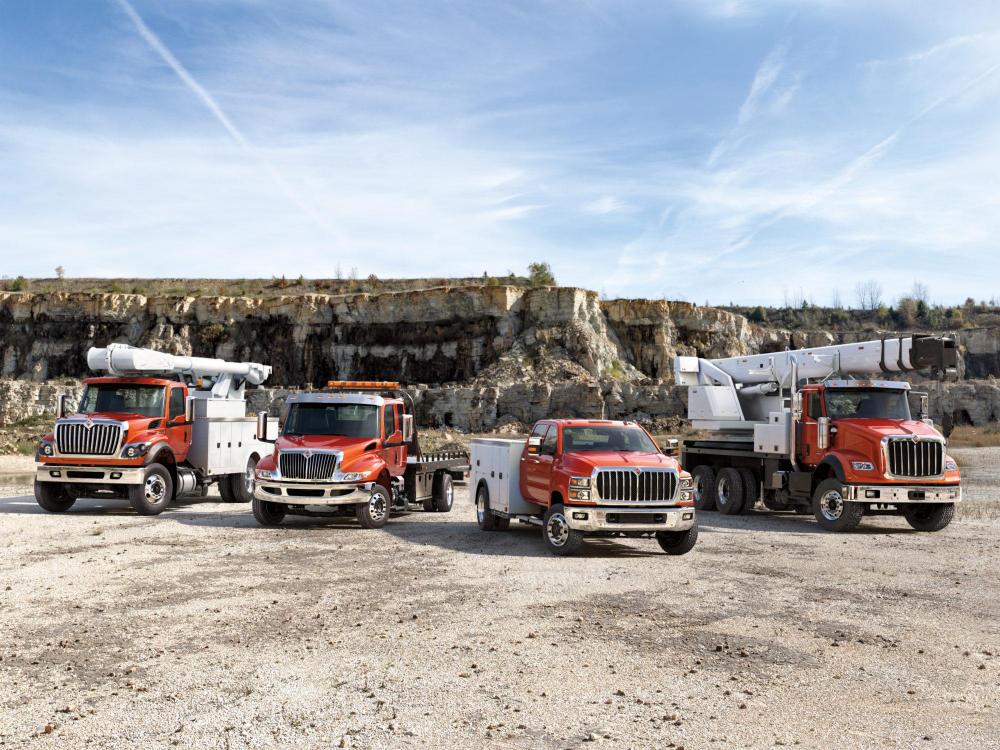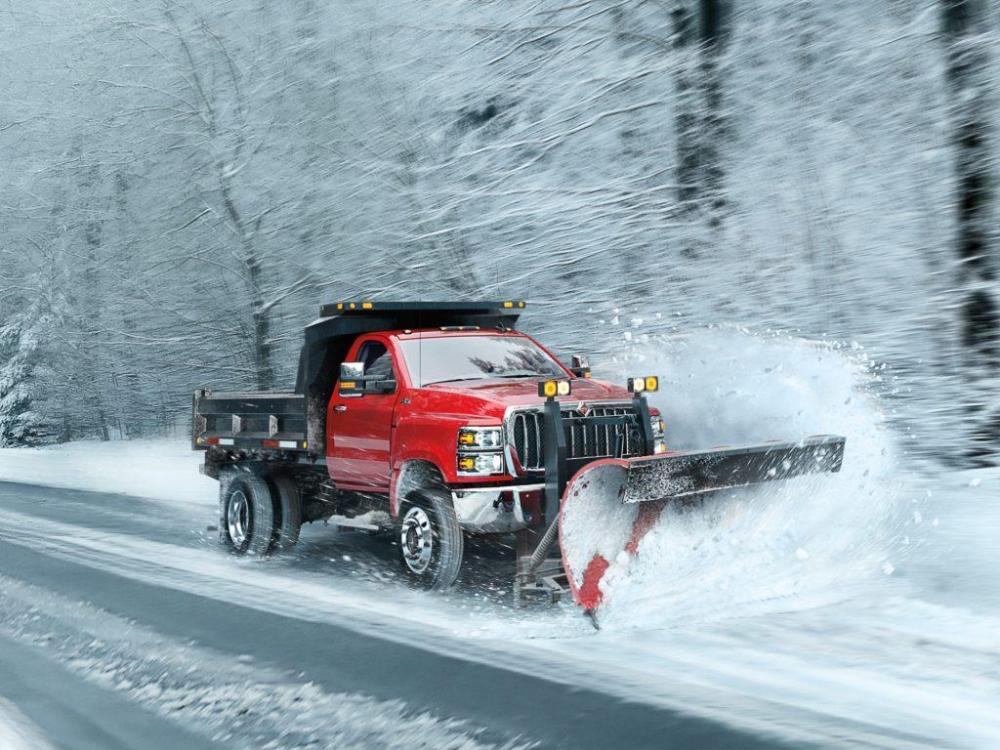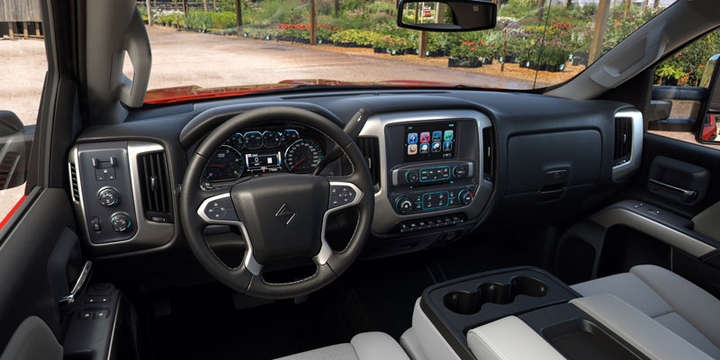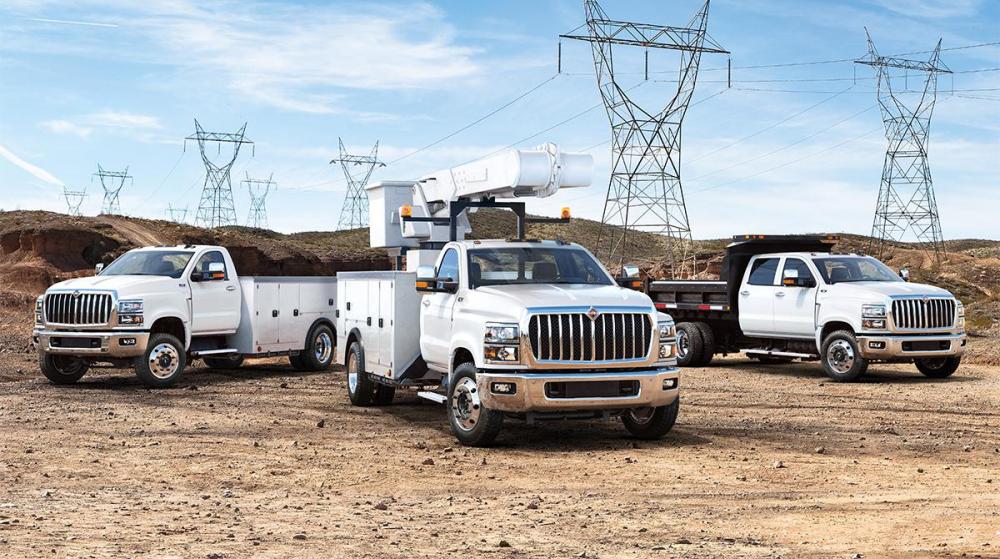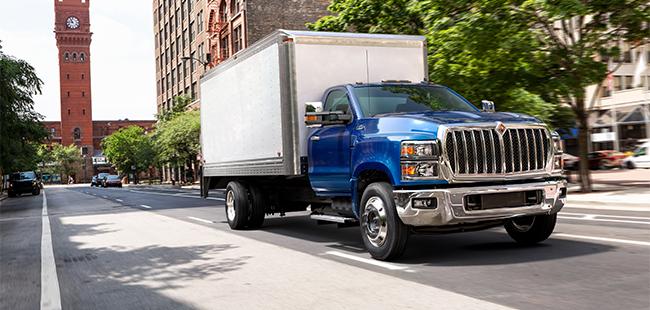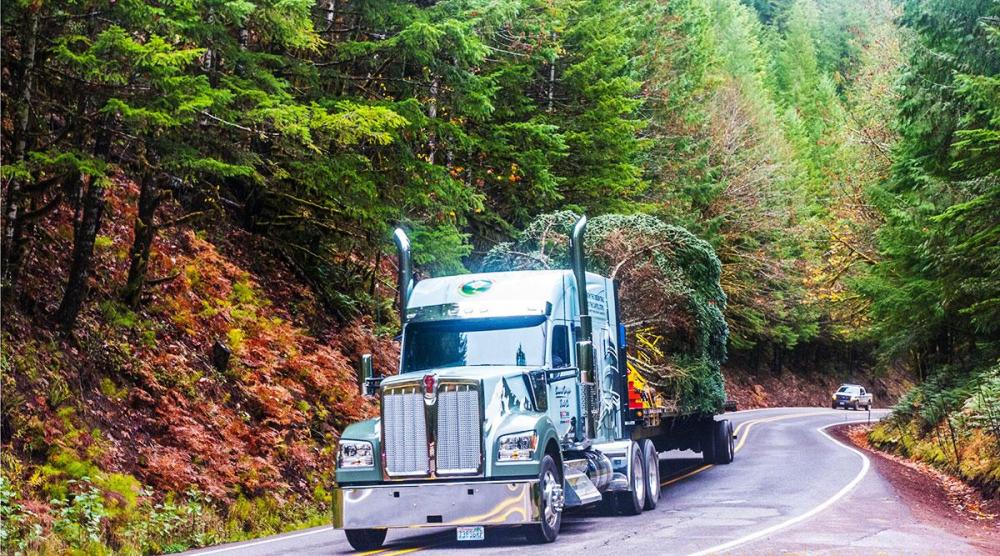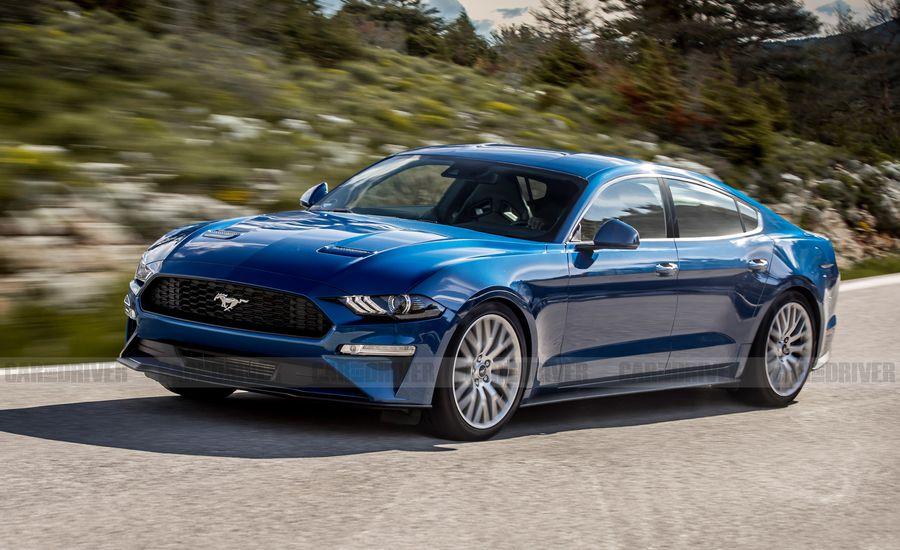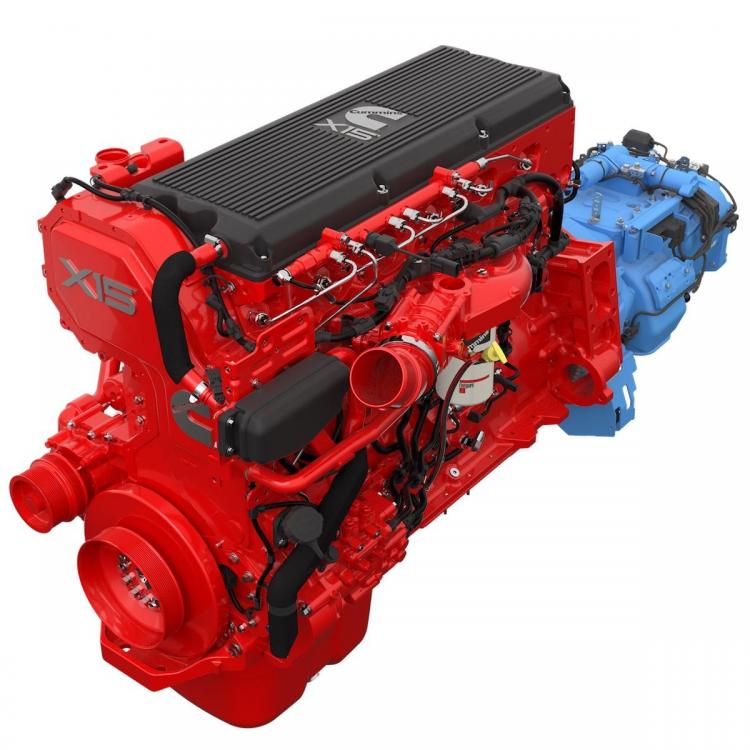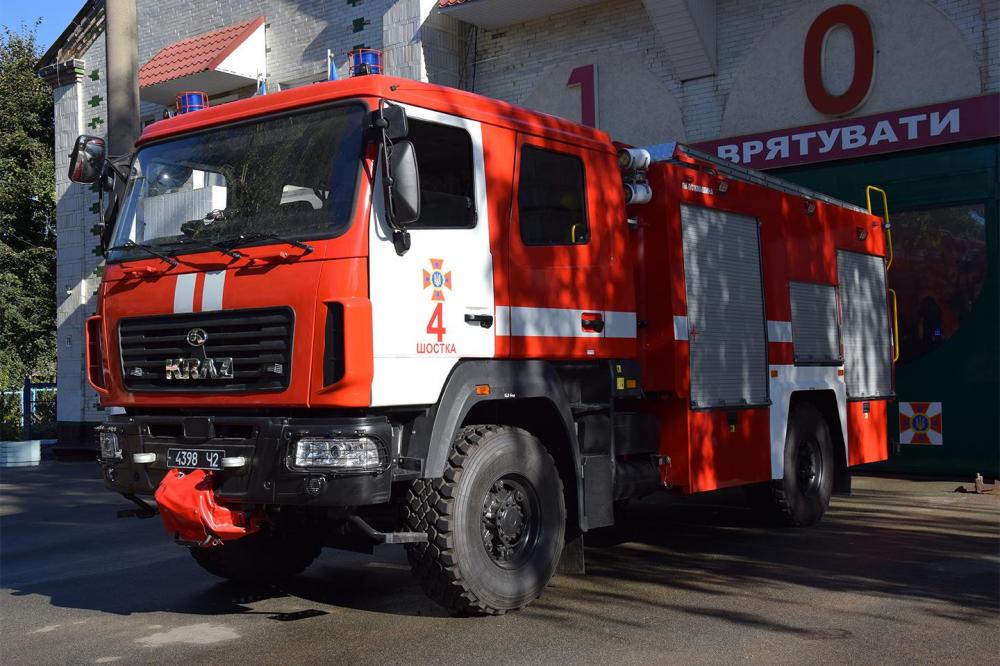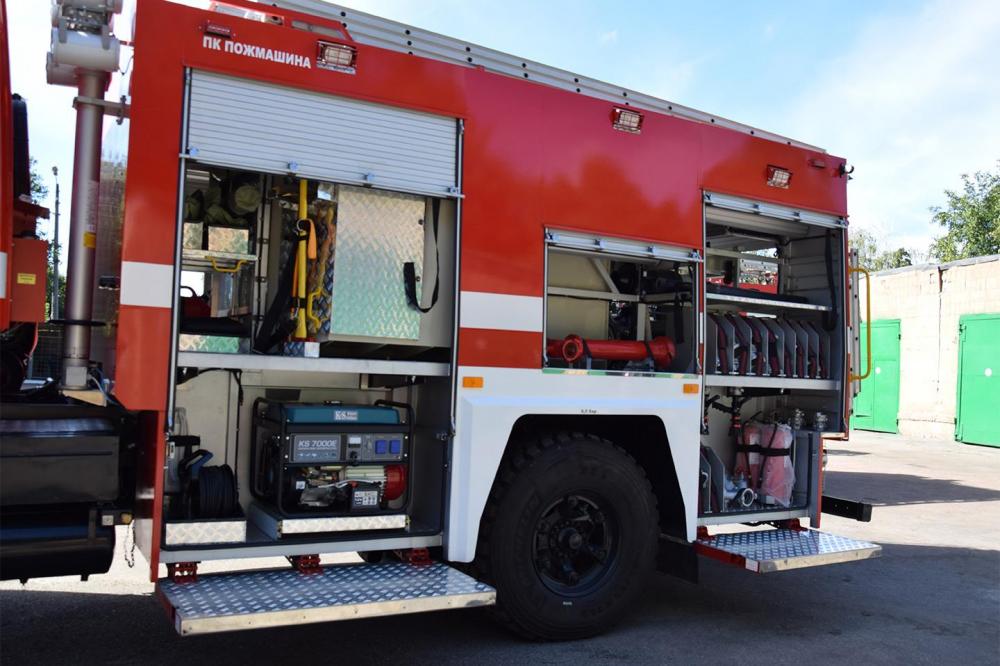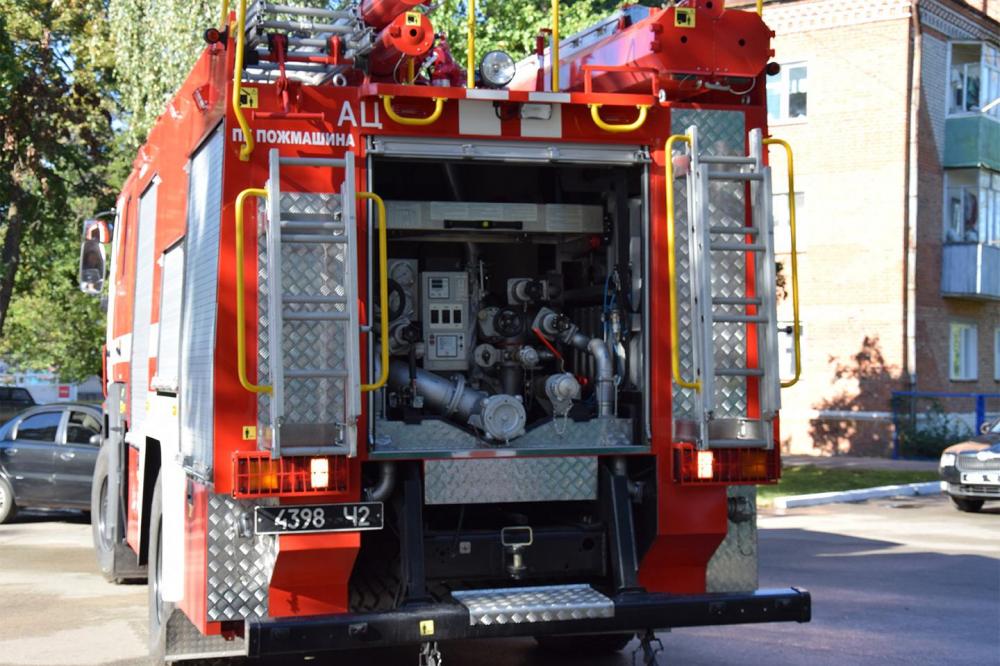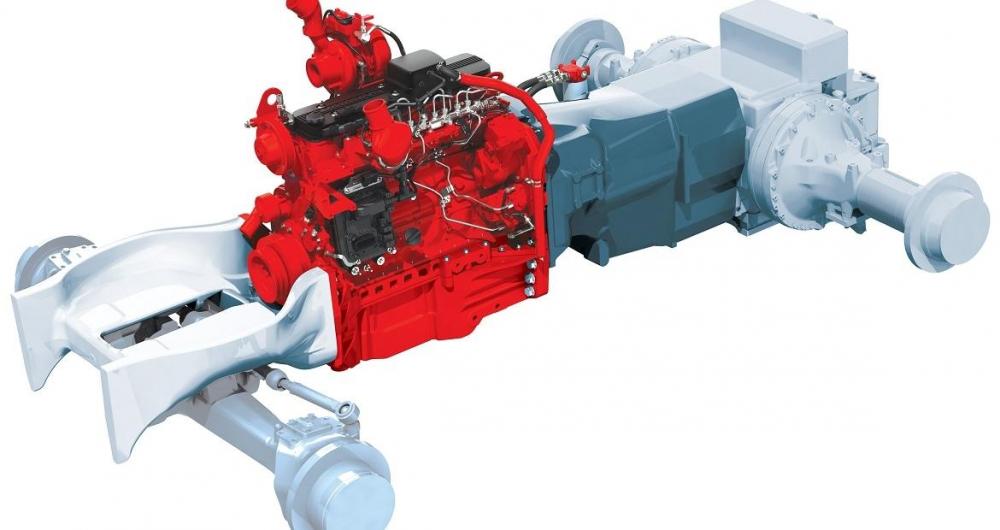
kscarbel2
Moderator-
Posts
18,915 -
Joined
-
Days Won
114
Content Type
Profiles
Forums
Gallery
Events
Blogs
BMT Wiki
Collections
Store
Everything posted by kscarbel2
-
Your buddy is wrong.
-
Trump and Immigration (Illegal Immigrants in the US)
kscarbel2 replied to kscarbel2's topic in Odds and Ends
Trump moves to deny asylum to most migrants who cross border illegally The Wall Street Journal / November 8, 2018 The Trump administration is moving ahead with a plan to limit when and where foreign nationals can apply for asylum at the U.S. border with Mexico. The administration will publish a new rule aimed at pushing asylum seekers to already crowded border crossings and deny the opportunity to apply for asylum to nearly all immigrants caught crossing the border illegally. President Donald Trump is expected to sign a presidential proclamation that blocks illegal border crossers from the asylum process. Administration officials said the president has the authority to limit asylum for some foreigners under the Immigration and Nationality Act. The rule change and expected proclamation — which could be signed as early as Friday and effectively changes U.S. immigration law — is aimed at reducing the volume of immigrants crossing the border illegally to seek asylum in the U.S. It comes as part of a focus by the president on a group of thousands of mostly Central American migrants making their way to the U.S. in multiple caravans traveling through Mexico. -
Scania Group Press Release / November 9, 2018 The first V8-powered Scania S 730 8×4/4 heavy haulage truck has just been delivered to the Polish specialist in heavy and oversized loads, Strychacz. “This Scania S 730 is now the most powerful tractor in my company,” says owner Ireneusz Strychacz. “I chose Scania because it’s simple to operate, provides good driver comfort, low fuel consumption, and is trouble-free.” Strychacz has been operating Scania since 1989 when it purchased its first truck. It now has 16 heavy haulage Scania trucks in the fleet. The company carries out demanding transport assignments throughout Europe with customers in Poland, Germany, the Netherlands, Belgium, Sweden and the Czech Republic. “From the very beginning I’ve had Scania trucks,” says Strychacz. “First, it was standard transport and later heavy-haulage. We transport planes, tanks, propellers, pipes, gantries, construction machines – well, everything we can carry.” .
-
Somali immigrant in Melbourne, Australia. Blows up a ute, stabs 3, killing 1. .
-
VW said to plan Tesla rivals for less than $23,000, may share van production with Ford Jan Schwartz and Edward Taylor, Reuters / November 9, 2018 FRANKFURT -- Volkswagen Group intends to sell electric cars for less than 20,000 euros ($22,836) and protect German jobs by converting three factories to make Tesla rivals, a source familiar with the plans said. Plans for VW's electric car, known as "MEB entry" and with a production volume of 200,000 vehicles, are due to be discussed at a supervisory board meeting on Nov. 16. Another vehicle, the I.D. Aero, will be built in a plant in Emden, Germany,currently making the VW Passat midsize sedan. The automaker, which declined to comment on the plans, is also expected to discuss far-reaching alliances with battery cell manufacturer SK Innovation and rival Ford. The November 16 strategy meeting will discuss VW's transformation plan to shift from being Europe's largest maker of combustion engine vehicles into a mass producer of electric cars. VW's strategy shift comes as cities start to ban diesel engine vehicles, forcing automakers to think of new ways to safeguard 600,000 German industrial jobs, of which 436,000 are at car companies and their suppliers. Ford production An electric van, the ID Buzz, is due to be built at VW's plant in Hanover, where its T6 van is made. To free up production capacity for electric cars in Hanover, VW's T6 transporter vans could be produced at the Ford-Otosan plant in Turkey, if German labor unions, who hold half the seats on VW's board of directors, agree. VW and other automakers are struggling to adapt quickly enough to stringent rules introduced after the company was found to have cheated diesel-emissions tests, with its CEO Herbert Diess warning last month that Germany's auto industry faces extinction. VW and Ford are in "exploratory talks" about an alliance to develop self-driving and electric vehicles and to complement each other's global production and sales footprints, Reuters reported last month. Ford has strong sales and profits in the U.S. thanks to its exposure to the lucrative pickup truck segment, while VW dominates the market for passenger cars in Europe. The companies are considering cooperation deals in the areas of commercial, electric and autonomous vehicles, although a final agreement will unlikely be announced at the November 16 strategy meeting at Volkswagen. The details of a cooperation deal with Ford may take until the end of the year to be finalized, the second source said. VW will mainly focus on debating the merits of converting its factories in Emden, Zwickau and Hanover, which all build combustion-engine cars, to electric ones under the plans being discussed by the board of directors. Jobs threat EU lawmakers have agreed to seek a 35 percent cut in car emissions by 2030 after a U.N. report called for dramatic steps to slow global warming. VW CEO Herbert Diess said to cut average fleet emissions of carbon dioxide in Europe by 30 percent by 2030, VW needs to raise its share of full-electric vehicles to 30 percent of new-car sales. The shift from combustion engines to electric cars would also cost 14,000 jobs at VW by 2020 as it takes less time to build an electric car than a conventional one and because jobs will shift overseas to battery manufacturers. In Europe, there are about 126 plants making combustion engines, employing 112,000 people. The largest such plant in Europe is VW's in Kassel, Germany.
-
Ford buying scooter company Spin Michael Martinez, Automotive News / November 8, 2018 DETROIT -- Ford Motor Co. is buying an electric scooter company called Spin, the automaker said Thursday, in a bid to expand its mobility offerings and reach consumers who need short-distance transportation solutions. Ford said the scooters will roll out in 100 cities over the next 18 months, including a Thursday launch here. "We understand mobility is not just vehicles at this point," Sunny Madra, vice president of Ford's mobility incubator, Ford X, told Automotive News. "This is our play in addressing the micromobility business." News of the acquisition comes a week after crosstown rival General Motors said it would launch a new brand and lineup of electrified bicycles in 2019. Ford also offers bicycles through Ford GoBike, a West Coast bike rental service. Ford did not reveal the purchase price for Spin. Axios, which reported the deal Wednesday afternoon, described it as being "in the range of $40 million," citing a source. Dockless electric scooters have exploded in popularity in cities across the U.S. in recent months. Customers can download an app, locate a scooter, scan a code and ride. Prices are typically $1 to unlock a scooter and 15 cents per minute of usage. Scooter startups, including Lime and Bird, have said customers have taken 10 million rides in less than a year. By comparison, Madra said it took Uber three years to reach 3 million rides. "That showed us there was a significant market," said Madra, who came to the company from Autonomic, a startup that Ford Smart Mobility bought in January. "It became obvious to us we wanted to accelerate in this space." Ford partnered with Purdue University this year to offer electric scooters as part of a research project designed to determine how best to launch them in different communities. Critics of the services argue some companies dump hundreds of scooters in a city without getting permission from local governments. Spin, which launched its scooter service in February, has operations in 13 cities and campuses across the U.S. Madra said the company has made a point to engage with every city before it launches, which was a big reason Ford chose it. "They do not launch without permission; they share usage data with cities; and they work with local officials and university campuses to design educational tools around parking and riding rules," Madra said in a blog post expected to go up Thursday. "This approach aligns well with our values at Ford and with our ambition to be the world's most trusted company." The amount of scooters available in each city will vary; Detroit, for example, limits companies to 400 each. Ford plans to keep the Spin name and doesn't expect to put any of the automaker's branding on the scooters, Madra said. He declined to say whether Ford expects the business to be profitable, saying only that the company thinks "it represents a healthy business for us." .
-
International unveils CV work trucks John G. Smith, Today’s Trucking / November 7, 2018 CHICAGO, Ill. – It seems somewhat appropriate to give a series of work trucks its own CV. Sure, the letters can stand for curriculum vitae – the document most of us refer to as a resume – but International Truck has taken that a step further by stamping the letters onto its new CV Series of Class 4 and 5 vehicles. And these trucks with gross vehicle weight ratings of up to 22,900 lb. are clearly designed for an array of jobs. “We’ve designed, built and tested the CV Series to deliver the commercial-grade power, reliability and practicality that growing businesses require, along with the comfort, safety features and easy drivability that drivers appreciate,” said Michael Cancelliere, Navistar’s president – trucks and parts. “We are backing it up with the expertise of the International dealer network – the only network in this category 100% dedicated to commercial vehicles.” Stressing “commercial grade” attributes during a launch event in Chicago, International referred to features including a gear-driven transfer case with no chains to stretch, a low-alloy steel frame rail with a 50,000 psi yield strength, and a painted chassis to help combat threats like corrosion. Tucked under the three-piece, forward-tilting hood with an integrated safety latch is International’s 6.6-liter engine delivering 350 hp and 700 lb-ft of torque. And depending on which Alisson transmission is selected, the truck can boast a gross combination weight rating of 37,500-lb. The CV comes with 1700, 1750 or 2700 Series six-speed Allison transmission, with a power takeoff (PTO) available for auxiliary equipment. Available vocation codes include the Highway Series (HS), Rugged Duty Series (RDS), Emergency Vehicle Series (EVS), or Motorhome Series (MS). As a 4×2, gross vehicle weight ratings (GVWR) range from 16,000 to 22,900 lb., while 4×4 models deliver 17,500 to 22,500 lb. The 4×2 can come with a 6,000-, 7,000, or 8,000-lb. Dana Spicer front axle, while the 4×4 comes with a 7,500-lb. model. Dana Spicer axles ranging from 10,000 to 15,500 lb. round out things at the rear. Maneuverability comes courtesy of a 50-degree wheel cut, while visibility can be enhanced with an optional rearview camera and heated side mirrors that feature LED turn signals and rear-facing LED lights to shine on cargo and equipment. For those exposed to particularly challenging job sites, the CV features 4×4 capabilities and Meritor’s gear-driven transfer case. A skid plate is also available, while the front end, grille and radiator can be further protected with a four-inch bumper extension. And there’s the option of a Dana Spicer Truetrac torque proportioning limited slip differential. The stopping power comes courtesy of a Hydromax braking system, Bosch Split system with traction control, four-channel antilock braking system (ABS), diesel exhaust brake, and trailer brake controller. It was all tested in environments from -40 to 46 Celsius, and at altitudes up to 12,000 feet. Those who face some of the colder temperatures among them have the option of a 120-volt, 800-watt block heater to get things moving, too. Building bodies For many users, of course, the truck’s true capabilities emerge through upfitting by body builders. Their work is eased with straight frame rails that have no rivets on the top flange, ensuring a clean area stretching from the cab to the axle when mounting bodies. HuckBolt chassis fasteners, also found on other International trucks, deliver their clamping forces without requiring re-torquing. The front frame includes standard holes for a snow plow mounting bracket as well. A dual battery box is mounted under the cab, while an optional third battery is also available for mounting, and there are multiple fuel tank options including a 40-US gallon version mounted after frame and behind the rear axle, a 25-gallon saddle tank, or dual tanks. The diesel exhaust fluid (DEF) tank has been mounted by the passenger door to help ensure the right fluid goes into the right port. Wheelbase options that range from 141 to 243 inches, as well as optional exhaust outlets, are all suited for different tasks. Comfort and interiors Another option comes in the form of the uAir International air ride suspension with an engine-mounted compressor, which can be used to adjust heights and ride alike. That suspension, available only in 4×2 configurations, is rated at 12,000 to 15,500 lb. But this is not the only way driver comfort is enhanced. Inside the cab, options include an array of infotainment systems, including up to an eight-inch color touch screen with navigation and – for the first time in an International truck – Apple CarPlay and Android Auto. (The touch screen in classic trim packages measures seven inches.) Classic trim packages include a 3.5-inch monochromatic display featuring warning messages and vehicle information, while diamond trim designs go bigger with a 4.2-inch color display. Other controls across the dash have been designed to be worked while wearing gloves. Built-in switch packs control various functions, and up to four auxiliary switches are available depending on the trim level. A floor-mounted center console is available with moveable cup holders, cell phone storage, 12-volt charger, a pair of USB ports and hanging file folder, depending on the configuration. And the three-across seating includes a center seat back that can be lowered and used as an armrest and beverage holder, while the seat bottom cushion offers extra storage. Trim packages include a classic in a soft touch vinyl or cloth, or a diamond trim with cloth. In each case the color is a dark ash or black. Diamond features in the crew cab include things like a leather-wrapped steering wheel, 10-way power bucket non-suspension high back driver’s seat with headrest and power lumbar, and non-suspension high back passenger seats with six-way power adjustments and power lumbar. Said Cancelliere: “The CV has been compared to a field office with perks.” Support No matter which vehicle is spec’d, buyers will be able to access Truck Specialty Centers available to other International truck users. “The CV Series is the only truck in the segment that can take advantage of this level of customization,” Cancelliere added. “No one has more experience at body integration than International Truck.” International has more than 700 service locations across North America, with more than 1,900 diesel technicians in Canada alone. And the company says it has more dedicated commercial truck bays than Ford, Chevrolet or Ram. .
-
International Debuts CV Series Class 4/5 Truck Heavy Duty Trucking (HDT) / November 7, 2018 International Trucks unveiled its new CV Series, a Class 4/5 truck that it emphasizes is designed, distributed and supported by a company specializing in commercial vehicles. In its Nov. 7 announcement in Chicago, the company touted the truck’s commercial-grade features, starting with a gear-driven transfer case, a high-strength, low-alloy steel frame rail, and what International says is the industry’s only painted chassis for enhanced longevity and corrosion resistance. For faster, more convenient service, the CV Series includes a commercial-style forward-tilting hood, which provides easy access to the engine and to routine maintenance points. Under that hood is the International 6.6L, 350-hp engine with 700 lb.-ft. of torque. With two Allison transmission options, the CV is capable of handling up to a maximum GCWR of 37,500 pounds. Upfit-friendly The CV Series can accommodate the wide range of specialized body types, from delivery trucks to utility trucks. Straight frame rails with no rivets on the top flange provide a clean area from cab to axle, making it easy to mount bodies for virtually any commercial-grade application. Like other International trucks, the CV Series is outfitted with HuckBolt chassis fasteners, which it says provide consistently superior clamping force without re-torqueing and won’t come loose even in extreme environments. Accommodating the configuration options required by different bodies, the CV Series offers a dual battery box mounted under the cab, as well as multiple fuel tank options, optional exhaust outlets to suit the vocation and body, and multiple wheelbase options. CV Series customers also have access Truck Specialty Centers, owned and operated by International Truck, for custom engineering solutions. Driver comfort The International DriverFirst philosophy, which it announced in 2016 and used as it redesigned its line of heavy-duty trucks, also is at work with the CV. The truck offers automotive-like comfort, featuring premium interior finishes and outstanding driver ergonomics, says the company. Multiple infotainment options are available, including an 8-inch color touch screen with navigation and, for the first time in an International truck, Apple CarPlay and Android Auto. Added comfort is offered by what International says is the segment’s only optional air ride suspension with an engine-mounted compressor, which can be used to adjust height and provide a smooth ride for cargo protection and crew comfort. Spec Highlights • Available in regular and crew cab • GVWR of 16,000-22,900 pounds for the 4x2 version and 17,500-22,500 for the 4x4 • Wheelbase options of 141-243 inches • Available transmission-mounted, right side PTO (requires PTO-equipped transmission) • Brakes: Hydromax with Traction Control and Four Channel ABS • Available International Ride Optimized Suspension (IROS) provides smooth ride and height adjustability (4x2 only) • Transfer Case (4x4) Meritor 2-speed, Gear Drive , 3,000 lb.-ft. capacity with electric shifting controls, with optional skid plate .
-
Transport Topics / November 7, 2018 CHICAGO — International Truck, a unit of Navistar Inc., launched its International CV Series Nov. 7 by underscoring it is “the only” Classes 4-5 truck designed, distributed and supported by a manufacturer specializing in commercial vehicles. The truck, which accommodates a wide range of specialized body types, is aimed at businesses that are expanding, such as landscapers and tow companies, according to the Lisle, Ill.-based company. To provide drivers with automotive-like comfort, the truck features premium interior finishes and driver ergonomics. Multiple infotainment options are available, including an 8-inch color touch screen with navigation and, for the first time in an International truck, Apple CarPlay and Android Auto. “We’ve designed, built and tested the CV Series to deliver the commercial-grade power, reliability and practicality that growing businesses require, along with the comfort, safety features and easy drivability that drivers appreciate,” Michael Cancelliere, Navistar’s president of Truck and Parts, said in a statement. “And we are backing it up with the expertise of the International dealer network, the only network in this category 100% dedicated to commercial vehicles.” By moving into the Classes 4-5 space, International — which already sells Classes 6-8 trucks — is going up, primarily, against Ford Motor Co., which dominates the Class 5 category and also Dodge Ram, a unit of Fiat Chrysler Automobiles N.V. U.S. retail sales of Class 5 trucks though September totaled 59,898 — Ford accounted for 38,241, good for a 64% share, according to WardsAuto.com. Dodge Ram’s sales were second highest in Class 5 at 11,628 for the nine-month period. Isuzu Commercial Truck of America Inc.'s low-cab-forward models notched the lion’s share of Class 4 sales through September — 8,934 out of a total of 14,662, according to Ward’s. Among the commercial-grade features on the CV Series are: a gear-driven transfer case, a high-strength, low-alloy steel frame rail and what International said is the industry’s only painted chassis for enhanced longevity and corrosion resistance. Intended for faster, more convenient service, the CV Series includes a commercial-style forward-tilting hood, which provides easy access to International’s diesel engine — a 6.6-liter, 350-horsepower engine with 700 pound-feet of torque — and to routine maintenance points. Equipped with that engine and two Allison transmission options, the CV is capable of handling a maximum weight of 37,500 pounds. The CV Series also offers a dual battery box mounted under the cab, and multiple fuel tank options, optional exhaust outlets to suit the vocation and body, and multiple wheelbase options. In addition, International’s Application Engineering Team offers access to vocational engineering experts who can help customers design a configuration geared to their application. “The CV Series is the only truck in the segment that can take advantage of this level of customization,” Cancelliere said. “No one has more experience at body integration than International Truck.” The International dealer network’s more than 700 service locations feature more than 7,600 ASE-certified commercial diesel-trained technicians in the United States and more than 1,900 in Canada — “a critical advantage over automotive-based service networks,” the company said in a statement. The CV Series will be the last product rolled out as the company refreshes its entire lineup of trucks. It is the successor to International’s Classes 4-5 TerraStar model, which it discontinued in 2015. .
-
Volvo fuel injection system supplier Delphi crashed today, setting a new 52-week low yesterday of $18.67. Look for it to go down further. The CEO resigned last month.
-
Market Watch / November 7, 2018 Jeff Sessions is resigning as attorney general and will be replaced by his chief of staff Matthew Whitaker, President Donald Trump said Wednesday. The departure of Sessions after the midterms was widely expected. Trump had repeatedly expressed anger with Sessions for recusing himself from the investigation into Russian election meddling. Sessions is resigning at Trump's request, he said in a letter.
-
Kenworth to replace W900 with new W990 in 2020
kscarbel2 replied to kscarbel2's topic in Trucking News
Outfitted Kenworth W990 to Set Off With Capitol Christmas Tree Transport Topics / November 6, 2018 A new Kenworth W990 has the honor of hauling the 54th U.S. Capitol Christmas Tree. The approximately 3,000-mile journey to Washington will start Nov. 9. Central Oregon Truck Co., is this year’s designated hauler of the tree. CEO Rick Williams watched as the tree was lifted by crane and set on the 80-foot-long trailer. Williams and other executives will be driving the truck and its special load as a part of a company effort that will involve other driving team members. Central Oregon Truck transports freight across the 48 continental states and Canada, and purchases its Kenworth trucks from The Papé Group, a major sponsor of this year’s tour. “It was a great sight. You don’t see an 80-foot tree loaded on a trailer every day, and they had to take great care to secure the branches,” Williams said. The Kenworth W990 transporting the tree is adorned with a distinctive and festive graphics package. Featuring a 76-inch midroof sleeper, the W990 was spec’d with the Paccar Powertrain — a Paccar MX-13 engine rated at 455 horsepower and 1,650 pound-feet of torque, 12-speed automated transmission and 40K tandem rear axle. Once the tree was set on the trailer, securing of the branches began. Phil Taylor, vice president of maintenance drove the truck and traversed the 8 miles of logging roads before hitting U.S. Route 20 and Forest Service Road 2044. “The looks we received from other drivers were something else,” he said. “We had so much pride in hauling the U.S. Capitol Christmas Tree. It was inspiring.” Once in Sweet Home, Ore., the tree was fitted with a special 200-gallon water bladder to keep it hydrated, carefully wrapped and boxed. The tour will stop for 25 community events, including the celebration of the 175th anniversary of the Oregon Trail and the 50th anniversary of the National Trails System Act. Tour stops begin Nov. 9, at Sweet Home High School, where the tree will be the featured attraction for a parade and street fair. The tour will end Nov. 25 at Joint Base Andrews in Maryland before being delivered to the U.S. Capitol in late November. A tree-lighting ceremony Dec. 5 will be hosted by the architect of the Capitol in conjunction with the U.S. speaker of the House. . -
A Four-Door Ford Mustang Is Not as Crazy as It Sounds Joseph Capparella, Car & Driver / November 6, 2018 The rumors are swirling about a new V-8–powered sedan pony car. The latest and greatest rumor about the Ford Mustang speculates that the iconic pony car could soon gain a four-door-sedan variant. According to a post on the Mustang forum Mustang6G.com, Ford shared vague plans for this new model at a dealer event last month. Although it's still entirely unsubstantiated by Ford at this point, this idea might not be quite as wild as it might seem—and we've illustrated what the car could look like (above). The thinking is that a longer-wheelbase version of the Mustang with four doors and a fastback-like shape could move upmarket to compete with the likes of the Audi A7 and the Porsche Panamera. While this sounds more like Lincoln territory, the Mustang brand might be strong enough on its own to support such premium aspirations—current versions already range well into the $50,000 to $60,000 range. The forum post states that a turbocharged V-8 engine will be offered, although we're not sure which engine that might be, given that no such configuration currently exists within the Ford lineup. A turbo version of the current Mustang's 5.0-liter Coyote V-8 is possible, but we haven't heard any rumblings about that otherwise. If such a vehicle were to come to fruition, the forum speculates, it would be distinct from a new Ford crossover, previously referred to as the Mach 1 but now expected to carry a different name, that's said to be inspired by the Mustang. That new model will be all electric and will have a taller profile. Other future additions to the Mustang lineup include a hybrid version for sometime in the near future and the high-performance GT500, which is expected to make its debut within the next few months. Ford spokesperson Jiyan Cadiz did not confirm or deny the rumor, but did say that "we are always on our game to keep Mustang exciting every year," which seems to stoke the fire. We'll update this story when we have more information to share. .
-
-
Diesel News Australia / November 2018 Instead of sitting on its hands, Cummins has decided to go on the front foot with specific developmental work on the new X15 engine to enable not only meeting the forthcoming regulations but also driving down fuel consumption. It’s a fact that the vast majority of Cummins powered on-highway trucks in this country are hauling B-doubles up and down the eastern seaboard. Quite logically, this corridor linking the three eastern state capitals that collectively contain the vast majority of this country’s people is a well-trodden path for road transport. Horses for courses Mike Fowler, Director of Cummins On-Highway Engine Business, reveals that an important part of Cummins’ strategy for Euro 6 development has been to recognise and cater for two distinctly different sub-sectors at the heavy end of the heavy-duty truck market. “Firstly, there is the vocational sector largely encompassing tipper and dog and other short-haul single-trailer applications,” says Mike. “On the other side of the coin is the multi-trailer line-haul sector predominantly consisting of B-doubles but also including other configurations like Road Trains and various PBS (Performance Based Standards) combinations that demand really good performance as well as good fuel economy. “The vast array of different combinations and PBS combinations makes it very difficult to optimise the engine parameters to give the best fuel economy for each application .Therefore, to this end our goal has been to concurrently develop two distinctly different iterations of the X15 architecture for Euro 6. “When we further studied the breakdown of our market we realised the vast majority of our 15-litre product was in the B-double sector with much of it running up and down the east coast of Australia. So as we went through our Euro 6 plans we looked at how we could effectively optimise the X15 for fuel economy in that specific application.” The consequential development of both 15-litre engine variants for Euro 6 is now at the stage of field testing, with a number of units placed in fleets around the country. The one that’s optimised for B-double line-haul work is for AMT (automated-manual transmission) powertrain only, the other is dedicated to vocational applications where an 18-speed manual RoadRanger is usually preferred. “To optimise the fuel economy for the efficiency series we have ‘down-sped’ (reduced the cruise rpm of) the engine by running taller final drive ratios,” says Mike. “Due to our much higher gross vehicle weight limits this is a lot harder to do in Australia than in Europe or North America. In fact, the only way to achieve this is by increasing the torque output of the engine at lower rpm. So what we now have is power ratings of 550 to 570 hp (410 to 425 kW) and peak torque of 2050 ft lb (2779 Nm) arriving below 1000 rpm. “We’re also field testing with rear axle ratios as tall as 3.21:1 which is a massive departure from the traditional Cummins powered B-double ratios of 4.1, 4.3 and occasionally as tall as 3.9:1.” Having said that, Mike goes on to say the 3.21 ratio is probably too tall for most ‘real world’ B-double prime movers in Euro 5 guise and a 3.73:1 ratio will be most likely the ideal solution for the application at this stage. .
-
That's a Mack model NB-1 searchlight truck (basically a modified civilian EEU). The US Army purchased 368 units. It was rated at 2.5 tons cross-country and 5.0 tons on-road. They were built in 1939 with 253-cubic inch 77-horsepower Continental "FO" L-head engines. They had a 50mph top speed, 24' 10" overall length , 172" wheelbase, 15,630lb weight fully loaded and rode on 7.00x20 tires. The other two members of the US Army's searchlight trio of the 1939-1940 period were the Federal model 75K131 and GMC model AFWX 354-10A.
-
DAF Trucks Press Release / November 6, 2018 Stalkers Transport report 'uplift in fuel economy' following the delivery of six DAF XF tractor units. Over 12-months this represents an increase of 8.6%. .
-
DAF Trucks Press Release / November 5, 2018 At the beginning of the fifties a large part of our production is devoted to military vehicles. .
-
KrAZ Trucks Press Release / September 18, 2018 Firefighters in Ukraine's Sumy Oblast have taken delivery of a new АC-4-60(5401НЕ) fire tank truck jointly produced by KrAZ Trucks and body builder Pozhmashina. The 9.5 tonne KrAZ model 5401НЕ 4x4 off-road cab & chassis is specifically engineered to the requirements of the State Service for Emergency Situations (SSES). This two-axle cab & chassis cab built to customer’s requirements is unique due to use of two-row four-door six-seat "crew cab". KrAZ engineers adapted this cab for installation on the KrAZ-5401НЕ. Wide tires complimented with a central tire inflation system make it possible to use this vehicle on and off road. An operating range of 600 km is made possible with the fitment of two 165 litre fuel tanks. The АC-4-60 (5401НЕ) tank truck features a 4000 litre water tank and 400 litre foam agent tank. The НВЕ-24 vacuum suction system is independent, semi-automatic. The truck is equipped with the PN-60Б-RR fire centrifugal pump with output of 60 l/s and head of 100 m. Maximum suction head: 7,5 m. Gross vehicle weight is 19 tonnes. A similar truck was delievered to to the Konotop SSES. .
-
Cummins Press Release / November 2, 2018 Cummins showcases its new structural engine in Italy for the first time at EIMA 2018. Displayed in Hall 15 on Stand A/5, visitors will see the Cummins Stage V B6.7 engine integrated into a structural driveline designed for agricultural tractor use. Fabio Vaiani, Regional Sales Manager, Off-Highway at Cummins, said: “Cummins has been a successful supplier to the agriculture sector since 1919 when our first single cylinder engine was manufactured for farm pumps. However, it has been some years since we have had a structural engine in our power portfolio. Italy is an important market for our business, so EIMA is an ideal location to showcase the engine in the country for the first time.” The structural capability has been designed into the B6.7 engine, the latest version of the renowned Cummins B Series engine. With over 13 million B Series units sold around the world it is proven to deliver high availability in challenging duty cycles. For Stage V it moves up to 326 hp (243 kW) with a peak torque of 1375 Nm - a 30 percent increase over that of Stage IV. Cummins has the capability to tailor engine performance for farm work, with the power bulge and torque back up available ideal for agricultural tractor operation. For Stage V, Cummins has integrated key in-house technologies into the engine to achieve the operational benefits. The B6.7 uses proven variable-geometry turbocharger technology, with the single Holset VGT® achieving exceptional power density and responsiveness with fuel-efficient performance. The B6.7 uses Cummins latest Single ModuleTM aftertreatment technology, which is smaller and lighter than its predecessor at Stage IV. The savings are up to 40% in envelope size and up to 20% in weight. The higher NOx conversion efficiency enables the required level to be met without the use of EGR. The system also removes 99.9% of all PM by weight and count. For an agricultural tractor this technology will be adapted to suit the space requirements without impacting lines of visibility from the cab. The Stage V engines including the B6.7 are designed as global platforms, with a shared installation for domestic and export business. Manufacturers can have increased production flexibility, with common hook-up points wherever the equipment will be sold. The exhaust aftertreatment would be the only key difference between specifications. .
-
Rebuild Jost. Replace Fontaine and Holland with Jost.
BigMackTrucks.com
BigMackTrucks.com is a support forum for antique, classic and modern Mack Trucks! The forum is owned and maintained by Watt's Truck Center, Inc. an independent, full service Mack dealer. The forums are not affiliated with Mack Trucks, Inc.
Our Vendors and Advertisers
Thank you for your support!


